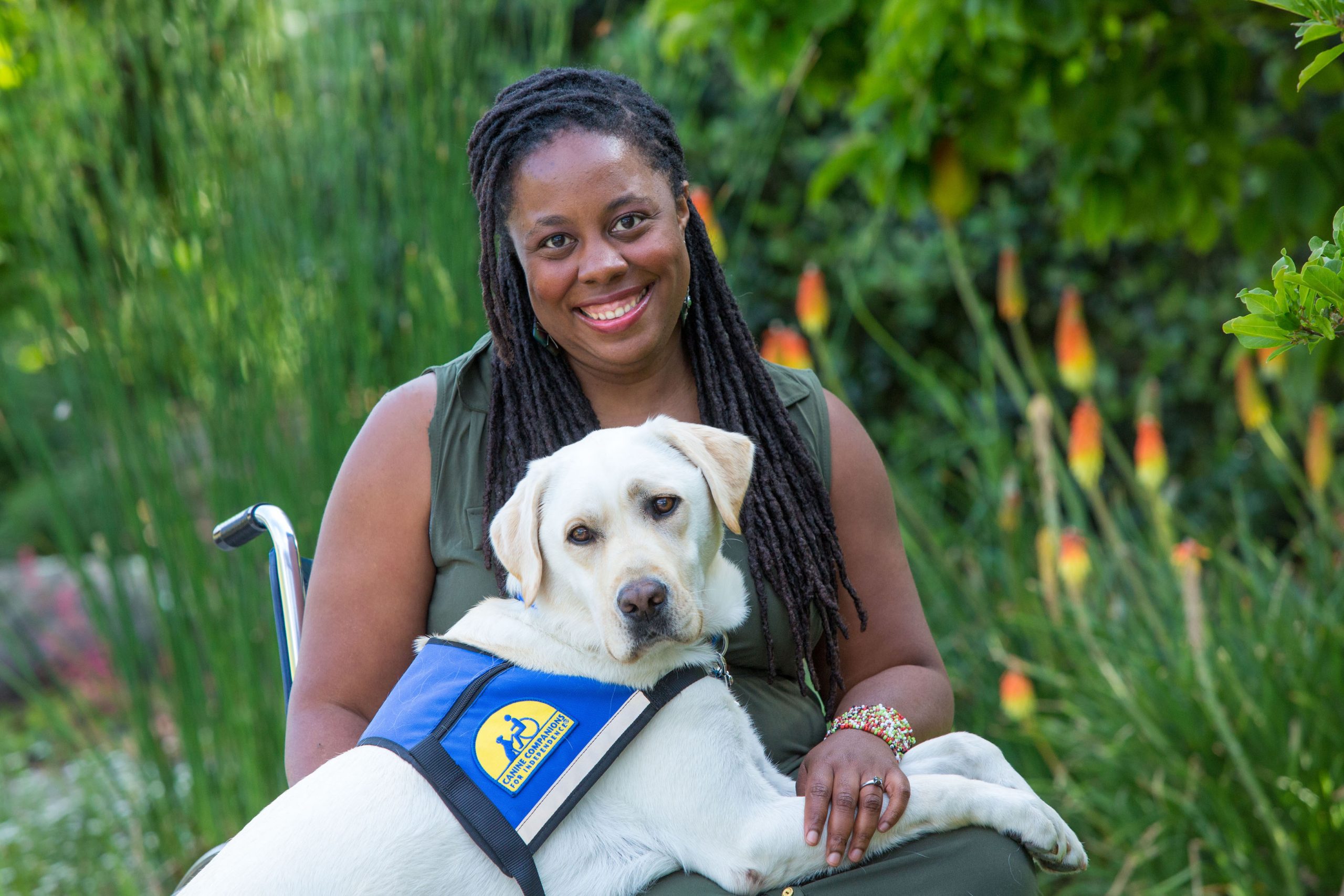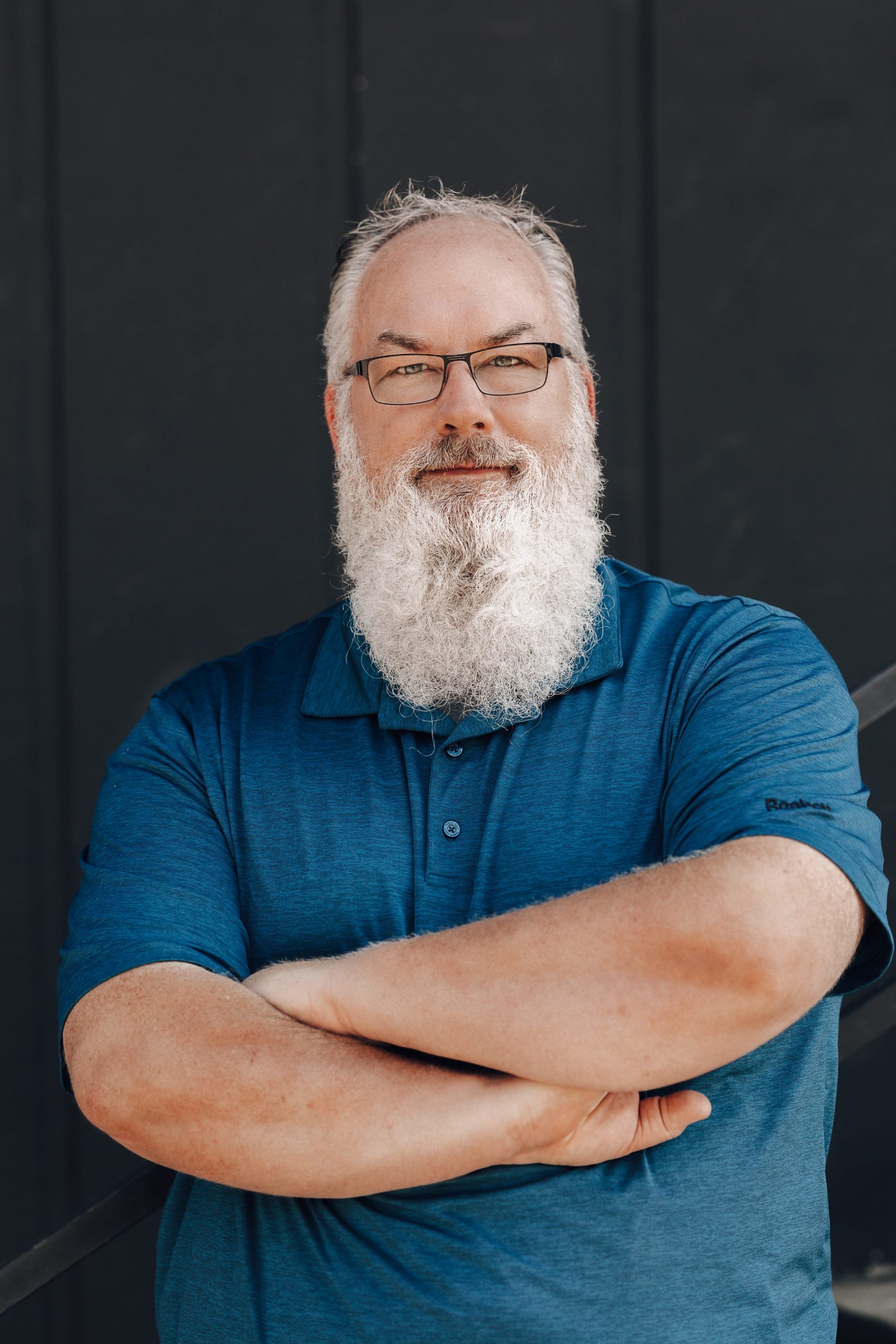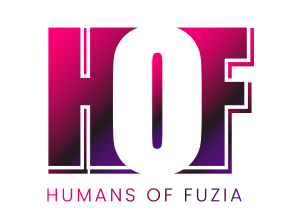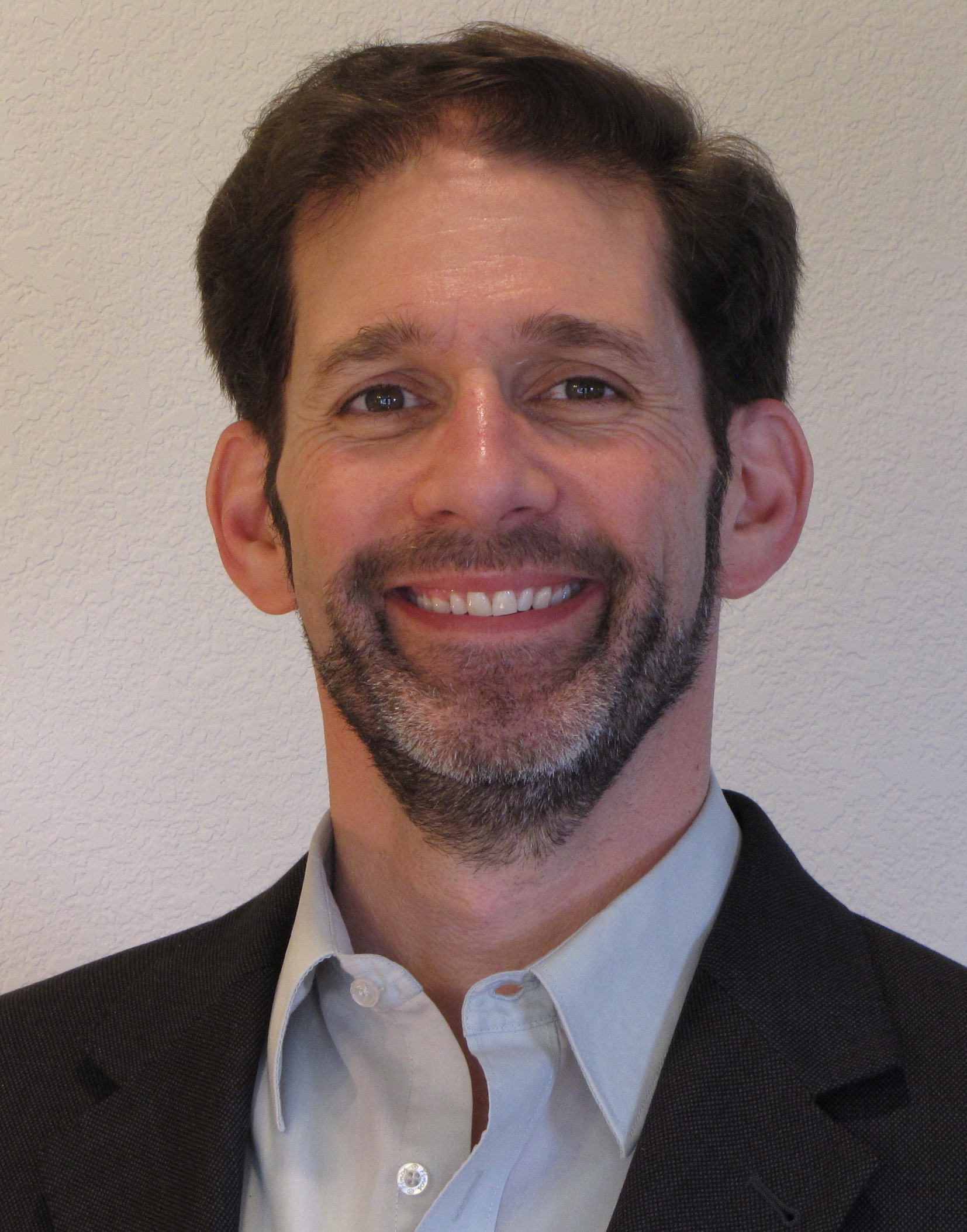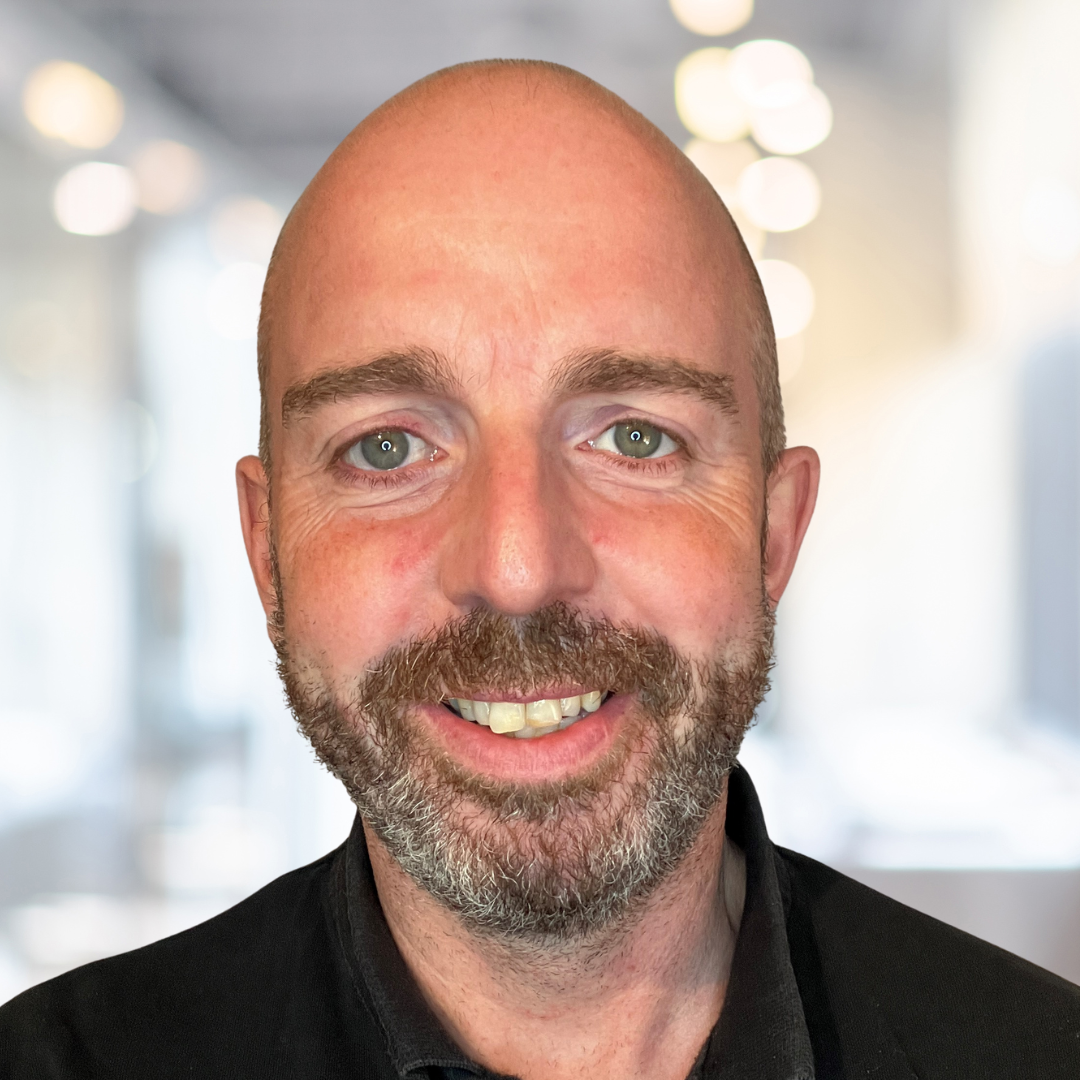India Harville is a disability justice activist, somatic educator, and dancer whose work bridges art, advocacy, and healing. Living with multiple disabilities and navigating the world as a wheelchair user, India turned personal challenges into a mission: to reimagine accessibility and affirm the brilliance of disabled people. Through her practice, Embraced Body, she supports disabled communities while also educating nonprofits and organizations about ableism and inclusion. Humans of Fuzia is featuring India because her journey reflects resilience, creativity, and advocacy—a story that will inspire our 5 million–strong global community of changemakers who believe in He for She and She for She.
Q: India, what inspired you to start Embraced Body?
A: There were really two main factors. First, I live with multiple disabilities, and I realized that a traditional corporate job wasn’t sustainable for me. Second, in 2011, I started using a wheelchair. Experiencing the world from that vantage point—encountering ramps I couldn’t access, stages I couldn’t get on, and being treated differently—made me realize how deeply inaccessible so many spaces were. I wanted to change that, both for myself and others. That’s when I felt called to create spaces where disabled people could thrive and where nondisabled people could better understand accessibility.
Q: Who do you primarily work with through your practice?
A: I focus on two main groups. One is disabled people, especially those who also hold other marginalized identities, like being a person of color, queer, or trans. The other is nonprofits and corporations, where I provide education around ableism and accessibility. So while the audiences are different, the overall vision—creating equity, access, and belonging—is the same.
Q: What kind of transformation have you seen in your clients?
A: One of the biggest shifts I see is people realizing they can bring their whole selves into spaces. Sometimes nondisabled people tell me, “Oh, I have hearing loss but never thought of it as a disability—I never even asked for captions.” That awareness is powerful. For my disabled clients, the transformation is often about affirming their brilliance. Hearing someone say, “I really can be a dancer,” or a young person realizing, “Now I see someone in a wheelchair doing what I want to do, so I know it’s possible,”—that’s the heart of my work.
Q: Many entrepreneurs struggle with imposter syndrome. Did you experience that?
A: Oh my goodness, yes—I still do at times. In the beginning, I questioned whether I had the capacity to succeed as a disabled person with limited energy, especially when I didn’t see models of people like me doing this work. Even as I grew, I worried I wasn’t saying things as well as others. But I’ve learned that my unique approach resonates deeply with some people, and that’s given me confidence to keep going.
Q: Looking back, is there anything you would have done differently when starting out?
A: Definitely. Early on, I tried to do everything myself, and it was exhausting. Over time, I realized the importance of scaling, delegating, and building a supportive network. Having a team and a community around me has been essential to sustaining this work.
Q: What challenges have you faced as a consultant?
A: A big challenge is that as a consultant, you can guide and recommend, but you’re not the final decision maker. Sometimes the changes I suggest aren’t implemented, even when it’s clear they could help. That can be frustrating, especially when working on issues of equity and accessibility. I’ve learned to get creative, to find alignment with clients, and to celebrate progress in whatever form it takes.
Q: How do you personally define success?
A: For me, success is twofold. First, it’s about impacting disabled people’s lives—helping them recognize their gifts and potential. Second, it’s about planting seeds for future generations. I ask myself: what am I leaving behind that others can nurture into something greater? In some traditions, we say, “How am I becoming a good ancestor?” That’s how I want to measure success.
Q: What exciting projects are you currently working on?
A: We just completed one of our biggest dance intensives, How We Move—a six-month program that included a 10-day intensive in New York City with six dancers. It was transformative, and we’re now preparing applications for the second cohort, launching in September. We’re also starting an alumni program for the first group of artists, so the impact continues to grow. Both projects are deeply aligned with my mission of expanding what’s possible for disabled people and shifting perceptions in society.
“I want to make the world more accessible today and also plant seeds of change that will make life better for generations to come.” – India Harville
Connect with India Harville:
https://www.instagram.com/embracedbody1/
https://www.facebook.com/embracedbody1
https://www.linkedin.com/in/indiaharville/
Want to be featured?
If you’d like to be featured in the Humans of Fuzia series, email us at fuziatalent@fuzia.com.



